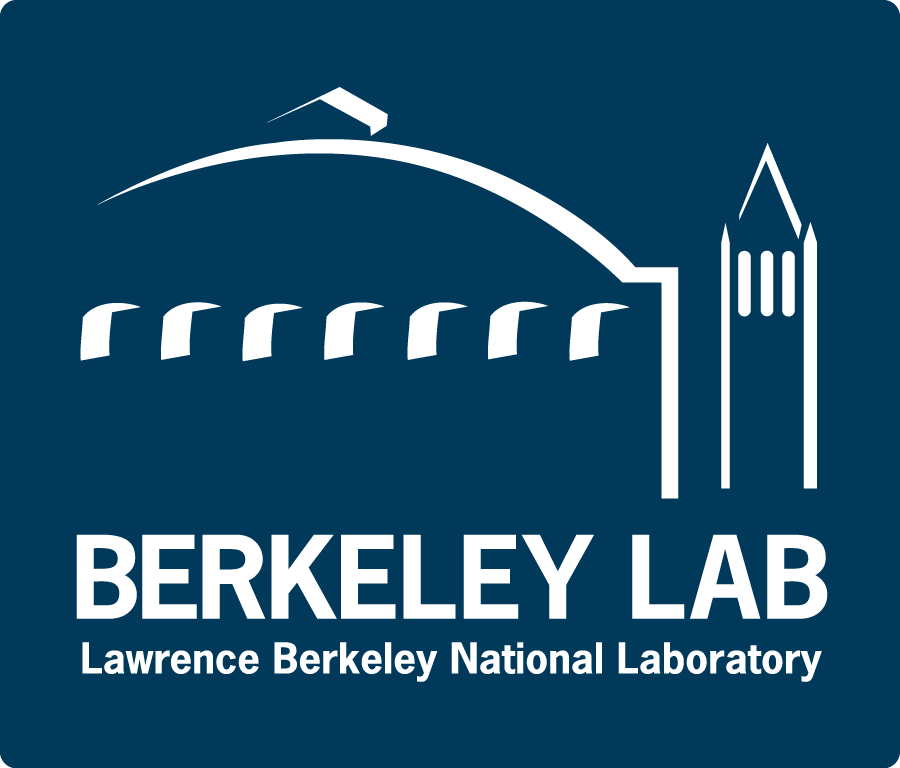2004 Parkfield earthquake
The NCEDC is serving as a collection point for data related to the 2004 Parkfield earthquake.
Catalog |
SAFOD Pilot Hole |
HRSN
NCSN |
BDSN |
Strong-motion |
SCSN
Fault-monitoring |
GPS
Here is a list of the available data:
- Earthquake Catalog
-
The NC earthquake catalog is available for on-line searching. Please select the "USGS NCSN catalog" for the most current information. A good lat/lon box for Parkfield is lat: 35.76 36.06; long: -120.67 -120.25.
- SAFOD Pilot Hole Waveforms
-
Data from the Parkfield mainshock as recorded by the string in the SAFOD Pilot Hole. The data were recorded at 500 samples/sec on the Geores recording system at SAFOD. The sensors are 15 Hz 3-component geophones. The information below is also provided in this file
SAFOD_3com_instruments.txt gives the original channel assignments, level names (Pods) and depths below the ground surface in feet. Because of the intersection of the main hole into the pilot hole, only pods 26 through 32 are operational. They appear in positions 10 through 30 in the multiplexed data files. The order of components is z, h1, h2 at each level. (S26 z is in column 10, S26 h1 is in column 11, ... , S32 h2 is in column 30).
Pilot_Hole_Sonde_Positions.txt contains coordinate and orientation information for each level. This information was developed by Volker Oye as part of his theis work at NORSAR. A manuscript "Orientation of three-component geophones in the San Andreas Fault Observatory at Depth Pilot Hole, Parkfield, California" by Volker Oye and William L. Ellsworth has been submitted to BSSA.
There are 8 data files each with 65.532 seconds of data (32768 data points). The earliest file, 0987, is immediately before the main shock. File 0988 contains the main shock. Note that there is a small gap between consecutive files of 30-35 msec. Data in the gap were not recorded and are lost.
Recordings on the vertical component remain onscale through the earthquake. The horizontal componets clip for a few cycles. From the appearance of the data, the clipped peaks are about a factor of 2 above the clipping level.
The data are given in two formats. ASCII flat files (30 columns by 32768 rows) appear in the *.txt files. SEG-2 files are in the *.dat files. The data in the files are the milivolts output of the instruments
Instrument details:
- Sensors:GeoSpace GS-20DM
- Natural Frequency:15 Hz
- DC resistance:2400 Ohms
- Intristic Voltage Sensitivity:2.64 V/in./sec, 1.040 V/cm/sec (Whole system; see comment below *)
- Damping:0.57
- Moving Mass7.8 gr
*Two sensors are connected in series so the Voltage Sensitivity is twice the single instrument output of 1.32 V/in./sec
- Parkfield High Resolution Seismic Network
-
7 stations of the HRSN transmit the DP1 channel (250 sps) continuously to the BSL. These data are available now. We are working to bring back a 4 hour data segment for the other channels as time and bandwidth permits. We have also placed a 4-day window of BP data online.
The HRSN tapes were changed on 10/1 and loaded at the NCEDC on 10/3. Data are now available for all HRSN channels through 9/30, although the 30th is not entirely complete.
- General access to the HRSN archive
-
Pre-extracted 4 hour segment of DP data (250 sps).
These files cover the period 14:15 through 18:15 on Sept 28. The files are in MiniSEED. -
Pre-extracted 4 day segment of BP data (20 sps).
These files cover the period Sept 27-30. The files are in MiniSEED. - List of Triggers
The following files contain a list of HRSN triggers. Please note - there are not hypocenters. The locations in the file are dummy entries used by the system to retrieve data. The list should be used as an time index into the continuous waveform data. Many triggers contain multiple events.
- NCSN data
-
The USGS Menlo Park is busy processing data from the NCSN. The main shock is not currently available, although some of the aftershocks are. These data are available as CUSP files (via EVT_FAST) or in SEED via SeismiQuery and NetDC (and soon EVT_FAST). Note: Waveforms are only available for the events that have been processed by CUSP - and the CUSP id is the necessary index.
The data for the mainshock is now available. The CUSP event id is 30228270.
- General access to the NCSN archive
- BDSN station PKD
-
The station PKD of the BDSN is 20 km from the initation of rupture and very close to the rupture termination. Data from PKD is available, once the QC proceedures are complete. As of this time (11:00 AM on 10/01), data through 9/29 are available.
In addition to the STS-2 and FBA-23 at PKD, there are magnetic and electric field sensors that are part of Frank Morrison's experiment. We are not sure of the current state of health of these sensors.
- Engineering Strong Motion Data
-
Strong motion data from this earthquake is available from the CISN Engineering Data Center. At this point in time, data from CGS and USGS NSMP stations are being made available. - Data from the SCSN
This earthquake was well recorded by the Southern California Seismic Network. Data are available from the SCEC Data Center at Caltech. The event id for the main shock is 14094992. - USGS Fault Monitoring Network
-
The raw data from the USGS fault monitoring or UL network are updated daily at the NCEDC. These data are available in SEED. Automatically cleaned data are also available. Information about the Parkfield experiment and access to data are available from the USGS.- General access to the raw UL archive
- General access to the automatically cleaned UL data
- Borehole Tensor Strain data - CSIRO Web site
- Important information for accessing these data
- Continuous GPS data
GPS data from the 14 continuously operating stations in the Parkfield network are available in the following formats:
- 1-second RINEX files
1-second interval data from all stations (except PKDB) are downloaded hourly, and made available within the following hour. - Complete 30-second RINEX files
At the end of each UTC day, complete 30-second RINEX files are archived at the NCEDC. These files are subsequently mirrored at SOPAC and other archives. 15-second interval files (except for PKDB) are archived beginning in mid-November.
1-second data collected from 13 of the Parkfield network stations is available on this archive beginning on day 270 (2 days before the mainshock). PKDB only records at 30-second intervals due to radio telemetry problems. The complete set of raw 1-second data from these sites is typically sent by courier once per month to SOPAC for archiving.
- Campaign GPS data
-
UC Berkeley is currently occupying 7 sites that were reoccupied by Frederique Rolandone after the San Simeon earthquake. These sites will be occupied continuously through at least next Monday. A map showing the location of these sites and the other planned survey-mode sites is available (as known of 9/28).
The UCB sites (dark blue) are to the north and west of the epicentral region. Also shown are the 8 USGS/Menlo Park sites (green), the 4 Caltrans sites (light blue), and the currently operating continuous gps stations (red).
- GPS solutions
-
- Continuous GPS solutions
This directory contains epoch-by-epoch solutions from the continuous 1Hz data with respect to the POMM site obtained by Yehuda Bock. The files are bzipped.
- Continuous GPS solutions
- GPS coseismic displacements
- Several groups have calculated co-seismic displacements.
- Creep Data
-
- Work Ranch data from Roger Bilham
This directory contains coseismic data (HTML or Text files) from 9/26-9/28. The file contains local time, dextral creep in mm, and temperature in degrees Celsius from the Work Ranch site of Roger Bilham. Data from the reinstallation of the site in May through Sept is also available as a text file.
- Work Ranch data from Roger Bilham
- Other
-





